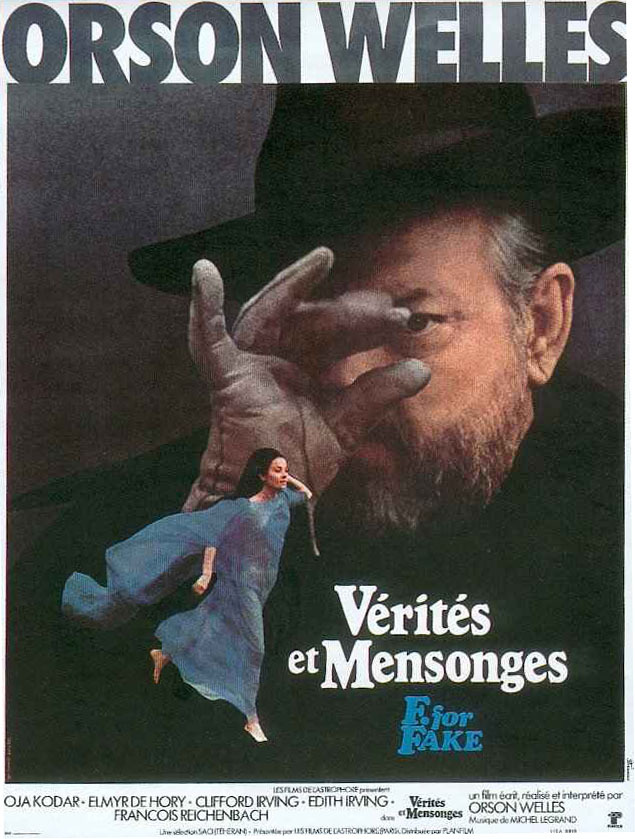The table talk on “F is for Fake” was based on the ideas presented by Orson Welles in his documentary. Initially released in 1974, “F is for Fake focuses on Elmyr de Hory’s recounting of his career as a professional art forger; de Hory’s story serves as the backdrop for a fast-paced, meandering investigation of the natures of authorship and authenticity, as well as the basis of the value of art. Loosely a documentary, the film operates in several different genres and has been described as a kind of film essay.
When we began discussing the documentary by Welles I was confused by the ideas and the message that he wanted to convey to his audience since I did not understand the model used to define what a fake is as many definitions apply to the term. Yet, as the discussion progressed and we agreed on a model to define what fake really means with regard to authorship it helped me understand the message that Welles was trying to convey through his documentary.
We decided that for something to be fake there has to be an original and that the thing that is “fake” is merely a copy of the original. Thus, unless an original exists a fake cannot exist with regard to authorship. For example, if I were to use my friend’s login credentials and post a blog on her behalf that blog post would not be classified as a fake as I am writing something while stealing her identity, which can be classified as impersonation as opposed to being a fake. Therefore, a fake means the copy or forgery of an original piece of art (music, literature, film, painting, sculpture etc.) and if and only if an original exists to copy off of will it be classified as a fake.

